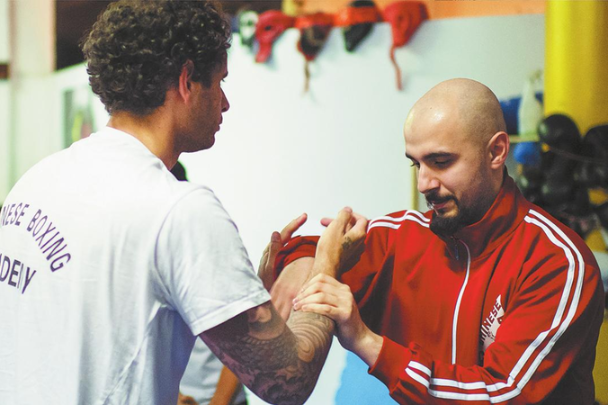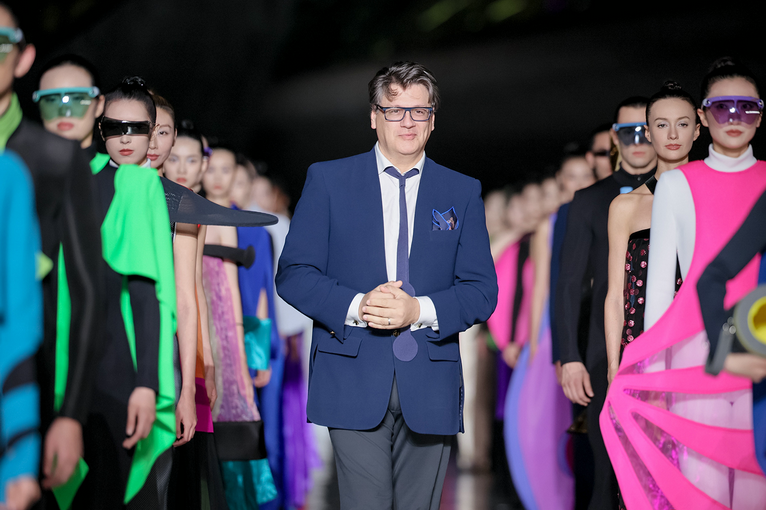The man who filled in the missing gap


Yee's great grandfathers were not in the picture. In fact, not single soul of those 12,000 or more Chinese employed by the Central Pacific Company was. And yet it was they who had blasted and tunneled through the hard granite face of the Sierra Nevada mountains, and laid ten miles of tracks in one day-an unbeaten record for many years to come-once the snow blizzard relented and the terrain turned less forbidding.
"What Corky was trying to do was to set history straight. And he was able to bring all people together by simply hooking up with them and getting them excited," said Amy Chin, who was in the crowd. "He was relentless, at one time working with 16 organizations to make it happen. He was the Pied Piper whom we all followed in rediscovering and rewriting our own history in America."
On Jan 27 this year Corky Lee, Chin's friend for 40 years, died after suffering complications of COVID-19 in New York, where both had grown up in the backrooms of their own family laundries. He was 73.
Big news outlets such as CNN,NBC News, The New York Times and The Washington Post carried news of his passing-the kind of lavish attention he had fought to get for his fellow Asian Americans over decades, but that he felt he had never quite achieved.
At the same time warm tributes from his family as wells as journalists and activist friends flooded the internet and social media. One called his life "a ceaseless act of creative intervention in a history shaped by erasure", while others credited him for having built "the foundation of what it is to be an Asian American in this country", having "left us with what is likely to be the single largest repository of the photographic history of Asian Americans for the past half century".
The number of pictures in that repository remains unknown, but it is thought to be in the tens of thousands. One of them, held close to heart by John Lee, Corky Lee's younger brother and his only surviving sibling, shows a sewing machine, one their mother hunched over whenever she had brought home unfinished work from the garment factory. Hanging on a nearby wall overlooking the sewing machine is a Chinese calendar and wedding photo taken of the Lee brothers' elder sister and her husband.
"While the gown and tuxedo the newly weds wore is symbolic of our adoption of and integration into American life, the sewing machine offers a metaphor for the struggle and hard labor upon which our life had been built and through which we contributed to America," John Lee said.
Behind it is a family odyssey. In 1925 Lee Yin Chuck, 17, arrived on the US west coast after a month at sea. From there he traveled by train to New York to join his cousins in the restaurant and laundry business. He would later return to China to marry before his wife gave birth to their only daughter, the one in the wedding photo, but it was not until 1946 when he was finally able to bring his wife and daughter to the US. The next year, Corky Lee, the eldest of the couple's four boys, was born.
Growing up, Corky, like herself, was stung by "the racism of not seeing ourselves", Chin said. "I cannot tell you how excited I was when, as a kid, I saw a Chinese person on television. I was pointing to the screen and shouting, 'Look! Look!'," the 58-year-old recalled, laughing. "It turned out that it was a commercial for laundry soap, and the person was playing a Chinese laundry owner.





































